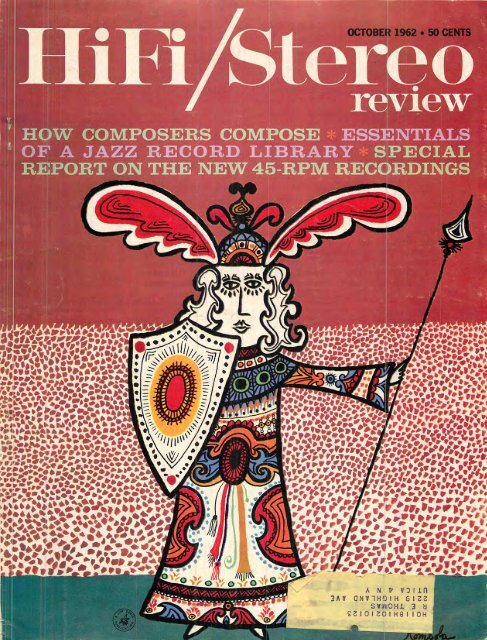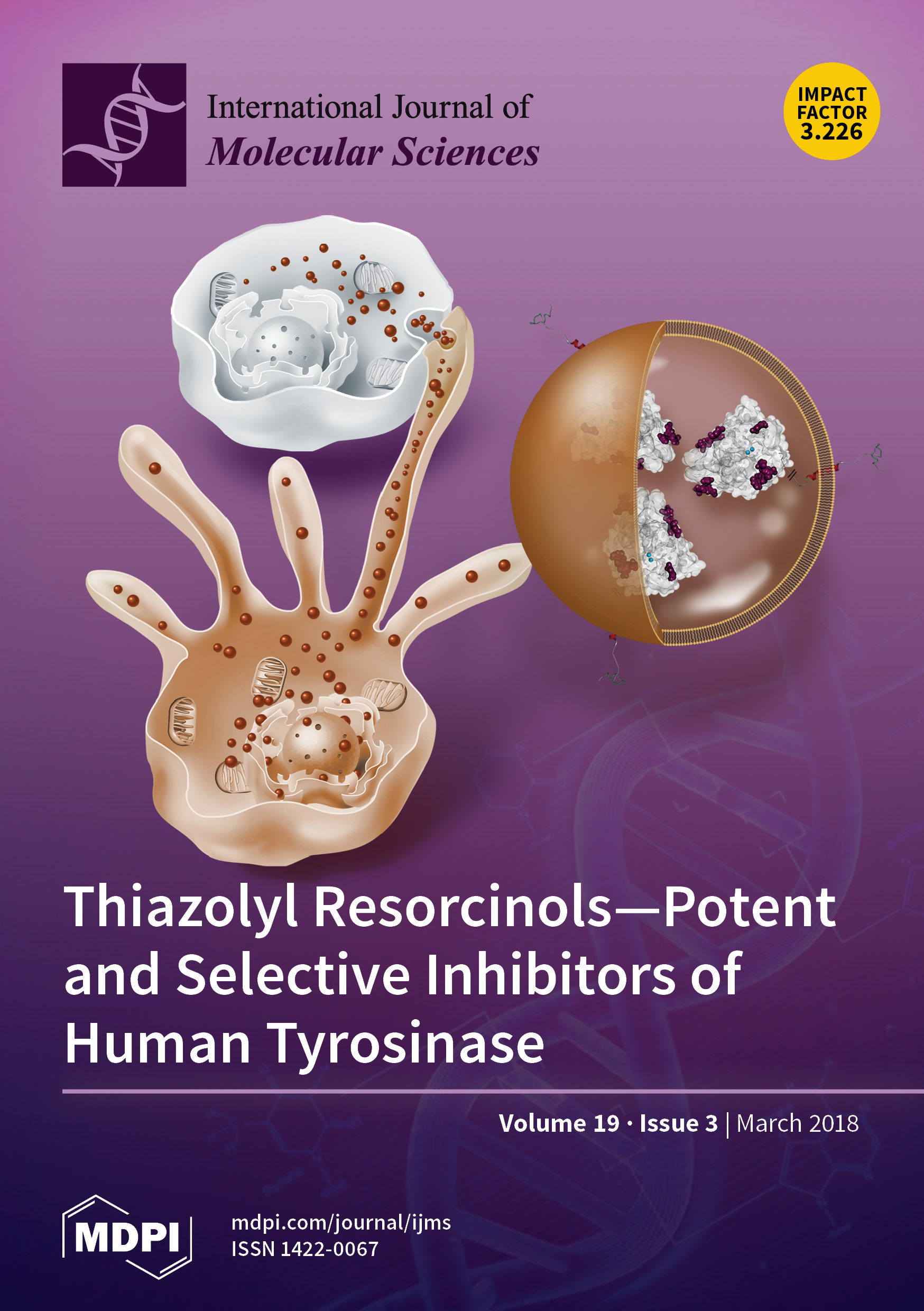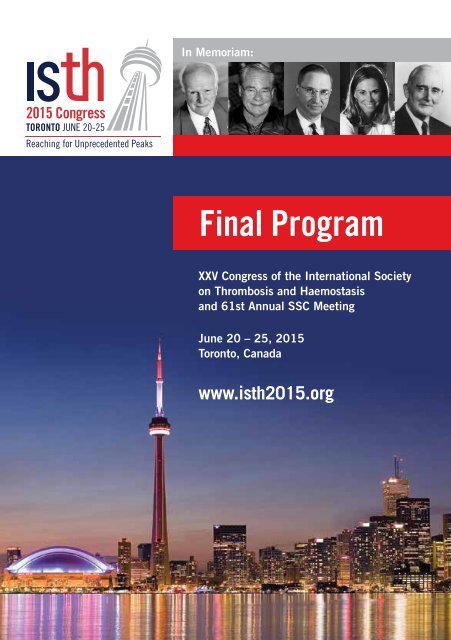
PDF) Modeling Congenital Disorders of N-Linked Glycoprotein Glycosylation in Drosophila melanogaster

Fluorescent Ca2+ indicators directly inhibit the Na,K-ATPase and disrupt cellular functions | Science Signaling

Fluorescent Ca2+ indicators directly inhibit the Na,K-ATPase and disrupt cellular functions | Science Signaling

PINK1 Interacts with VCP/p97 and Activates PKA to Promote NSFL1C/p47 Phosphorylation and Dendritic Arborization in Neurons | eNeuro

Fluorescent Ca2+ indicators directly inhibit the Na,K-ATPase and disrupt cellular functions | Science Signaling

PDF) The telomeric protein AKTIP interacts with A- and B-type lamins and is involved in regulation of cellular senescence

Mutant Presenilin 1 Dysregulates Exosomal Proteome Cargo Produced by Human-Induced Pluripotent Stem Cell Neurons | ACS Omega

Mutant Presenilin 1 Dysregulates Exosomal Proteome Cargo Produced by Human-Induced Pluripotent Stem Cell Neurons | ACS Omega

Mutant Presenilin 1 Dysregulates Exosomal Proteome Cargo Produced by Human-Induced Pluripotent Stem Cell Neurons | ACS Omega

Mitophagy controls beige adipocyte maintenance through a Parkin-dependent and UCP1-independent mechanism | Science Signaling










